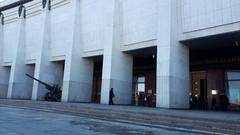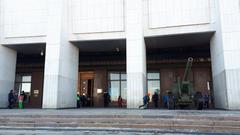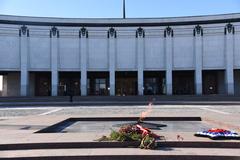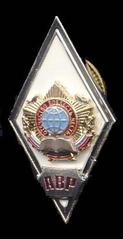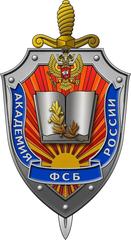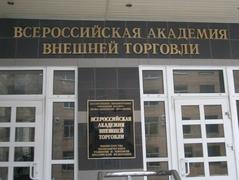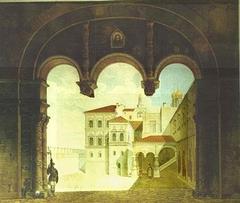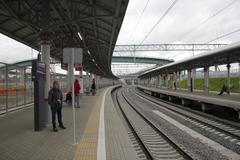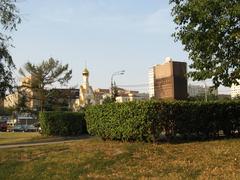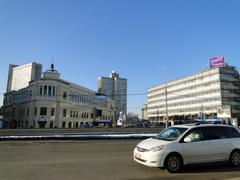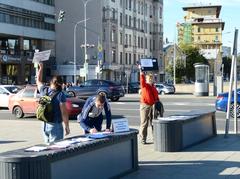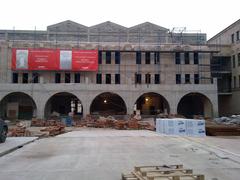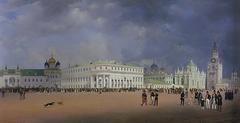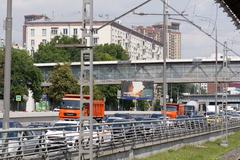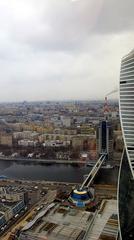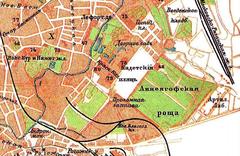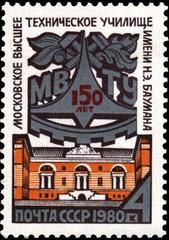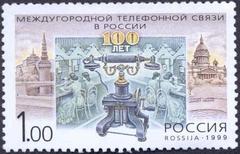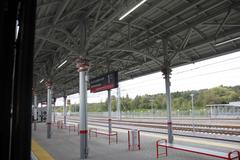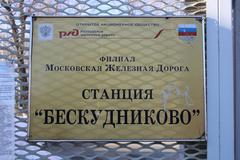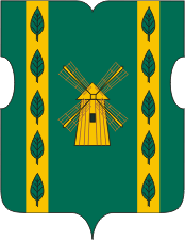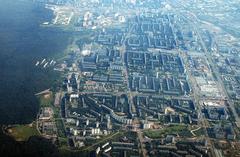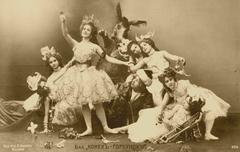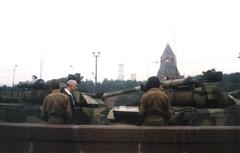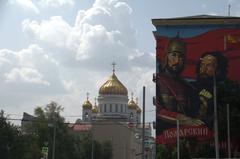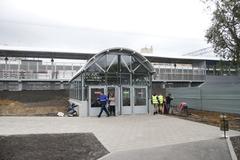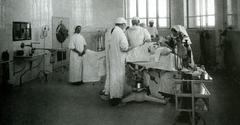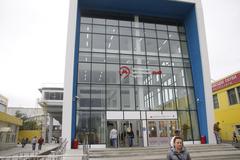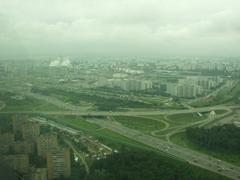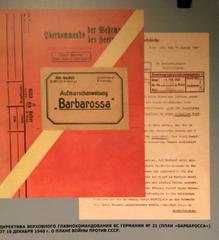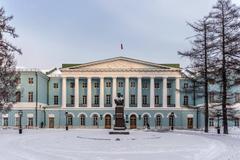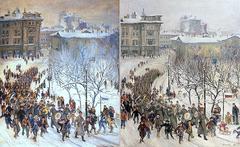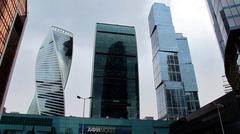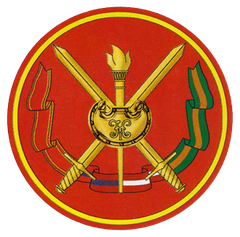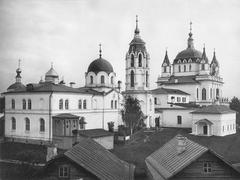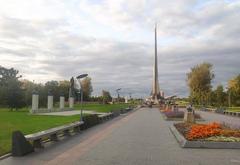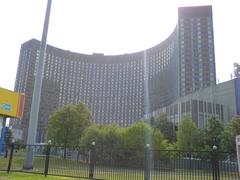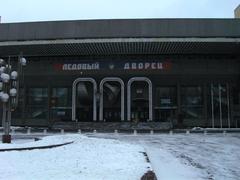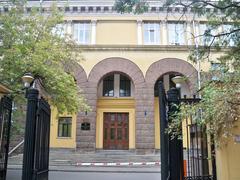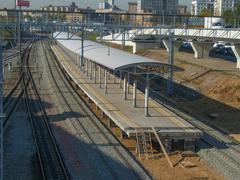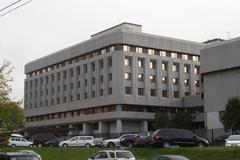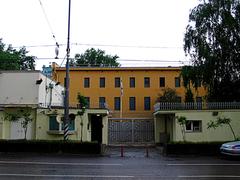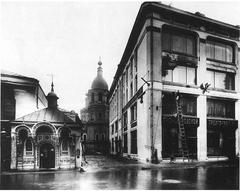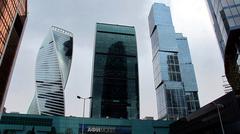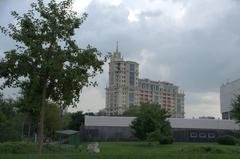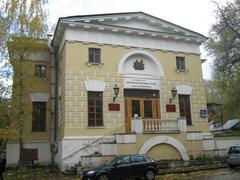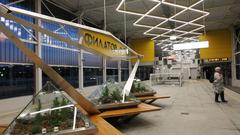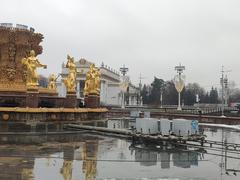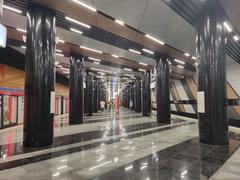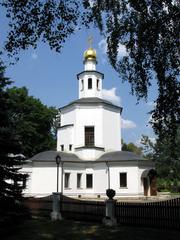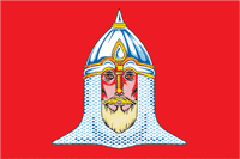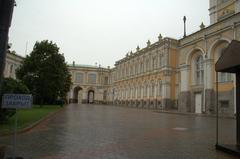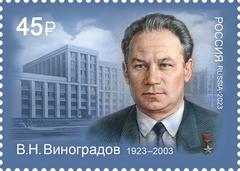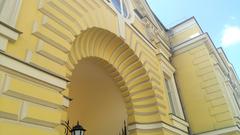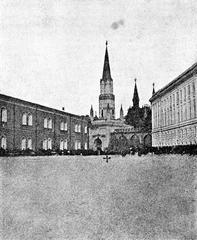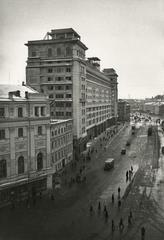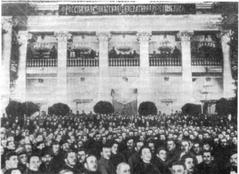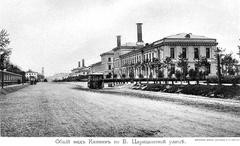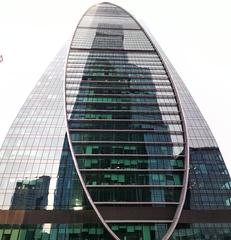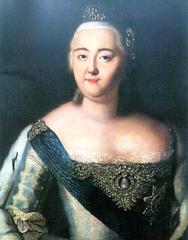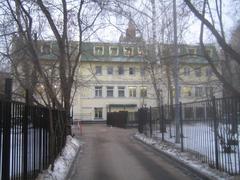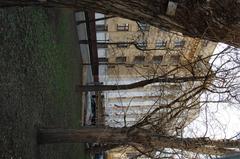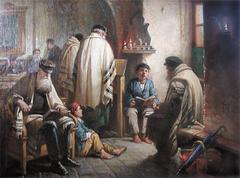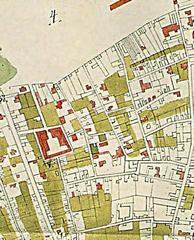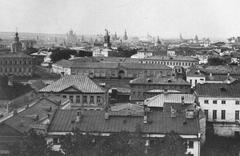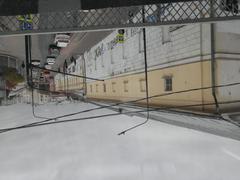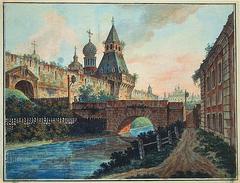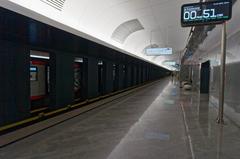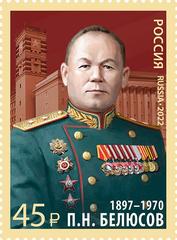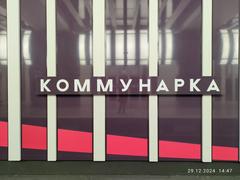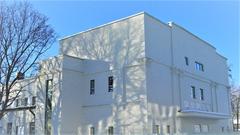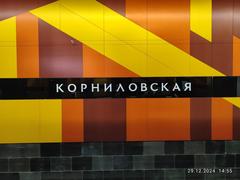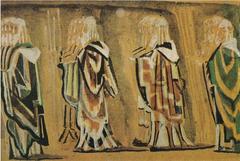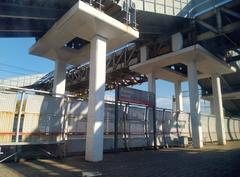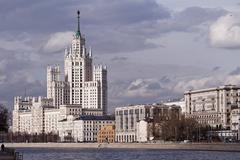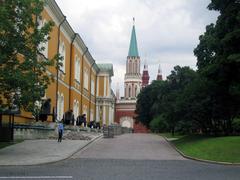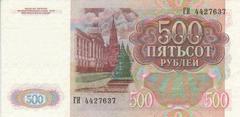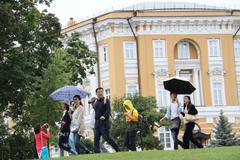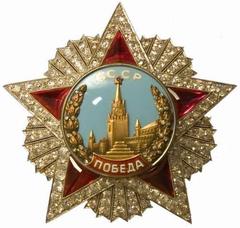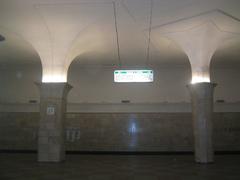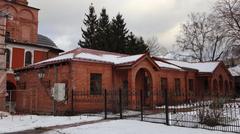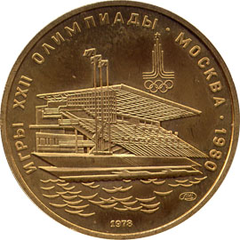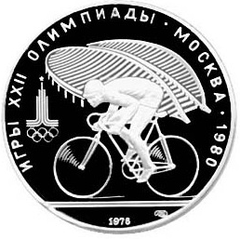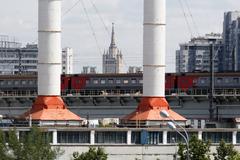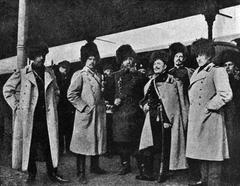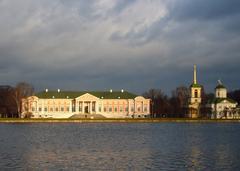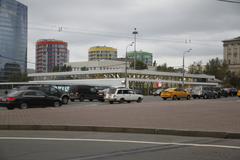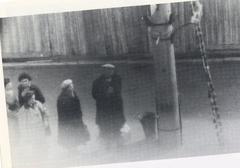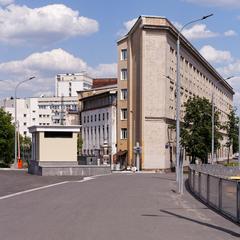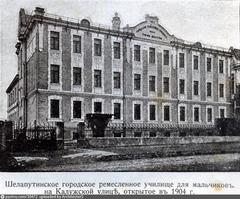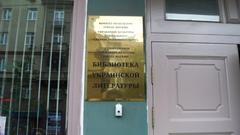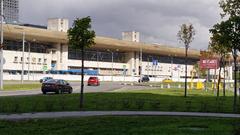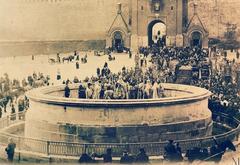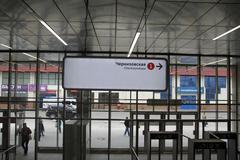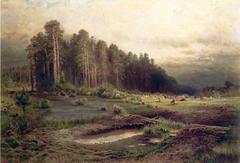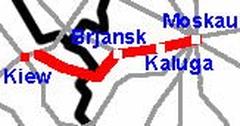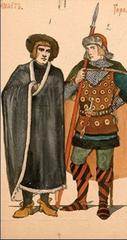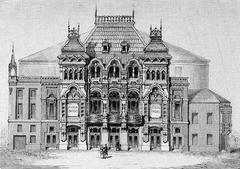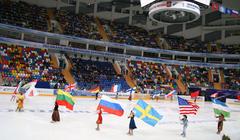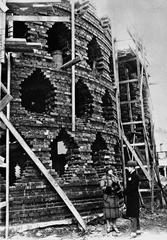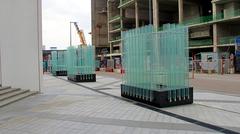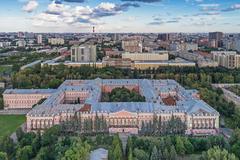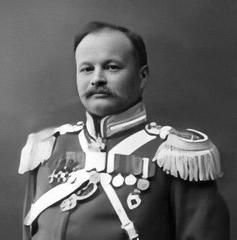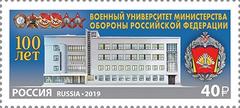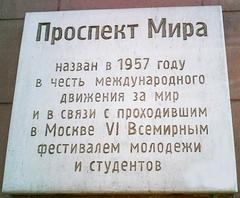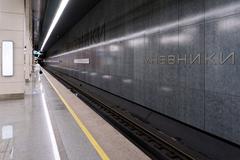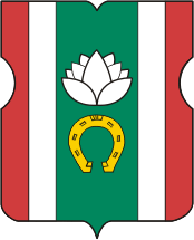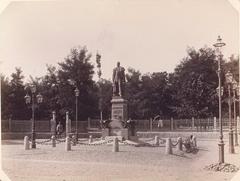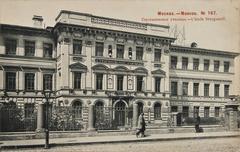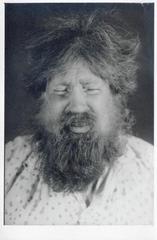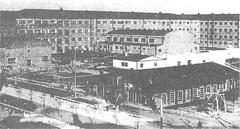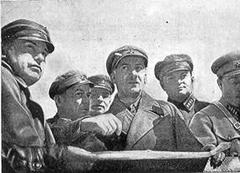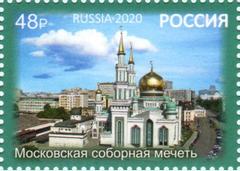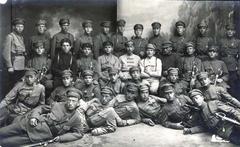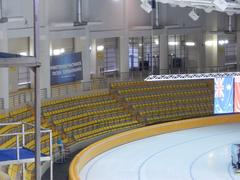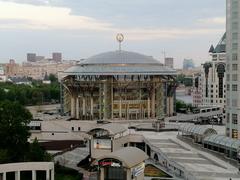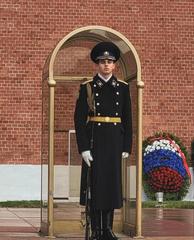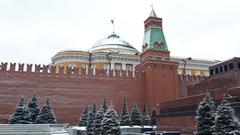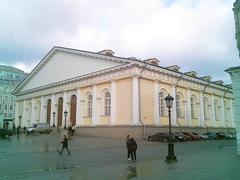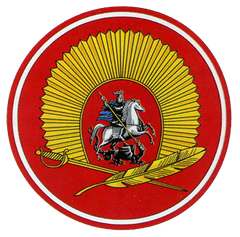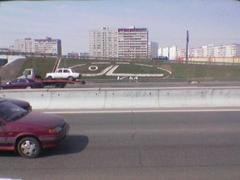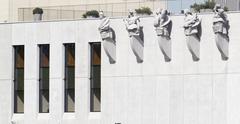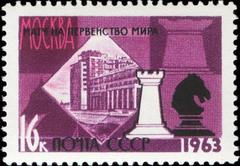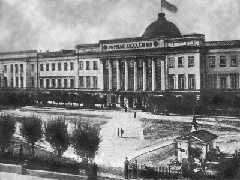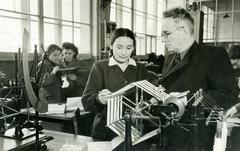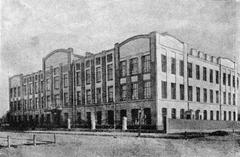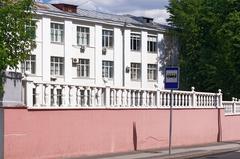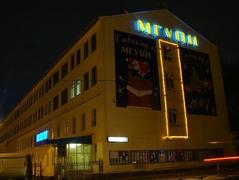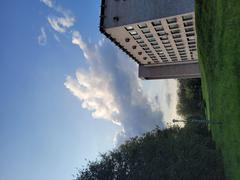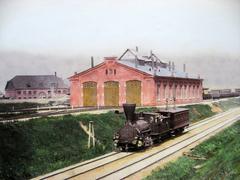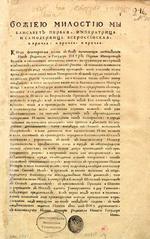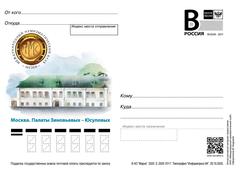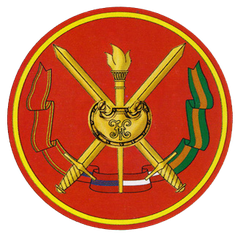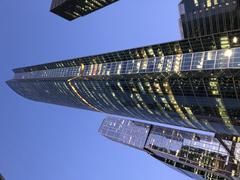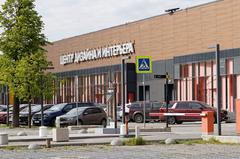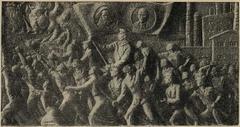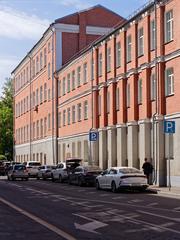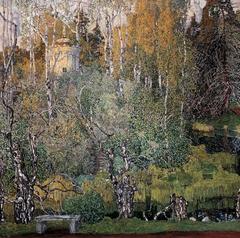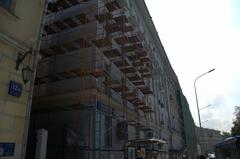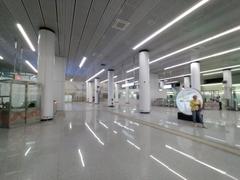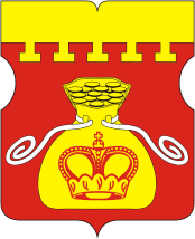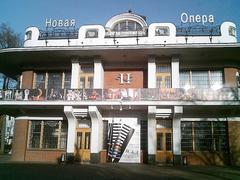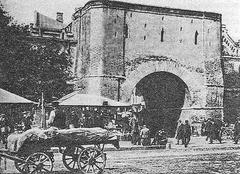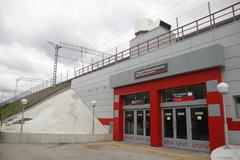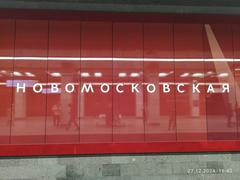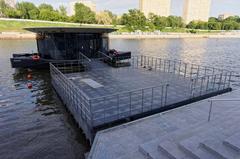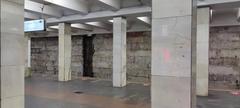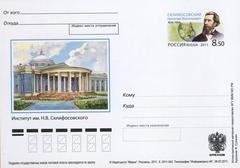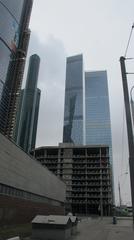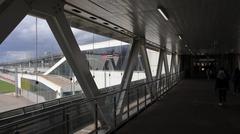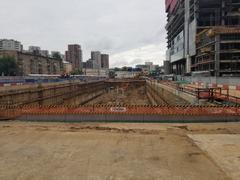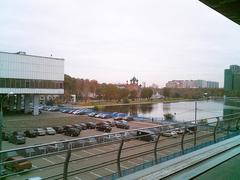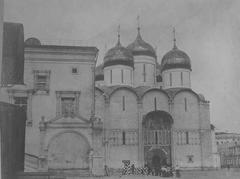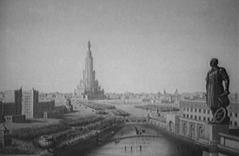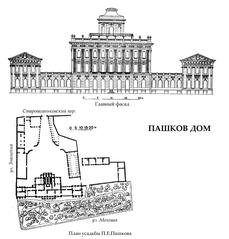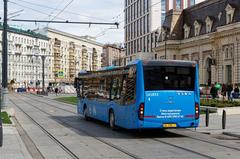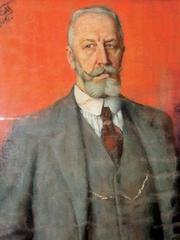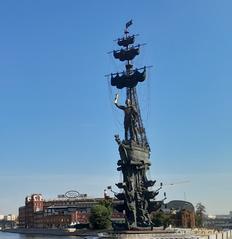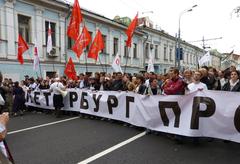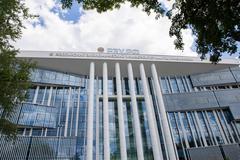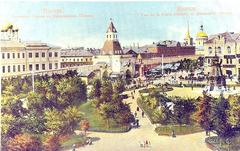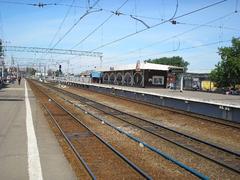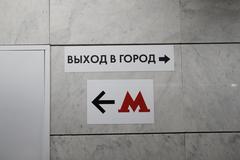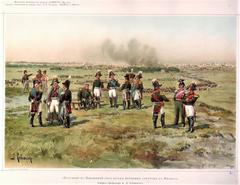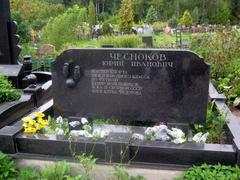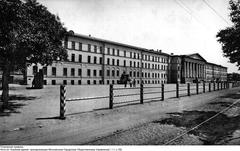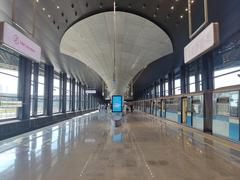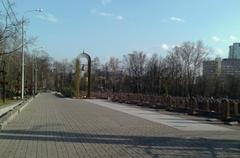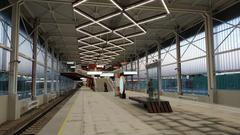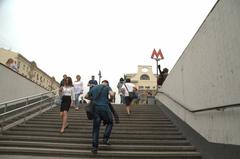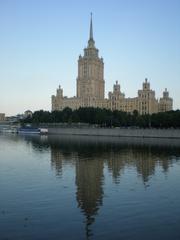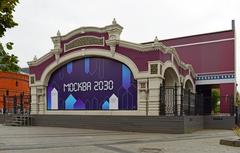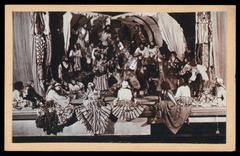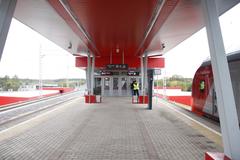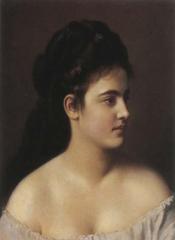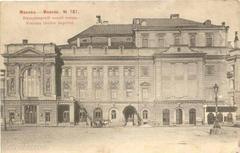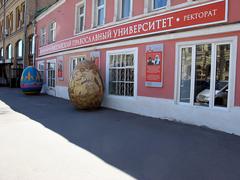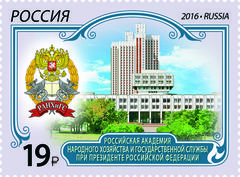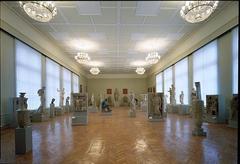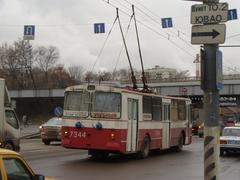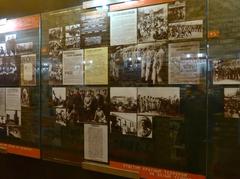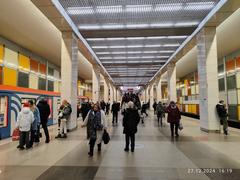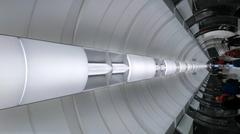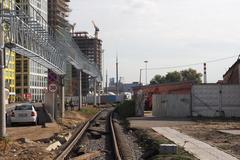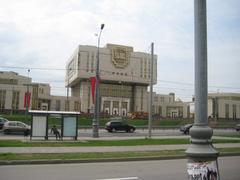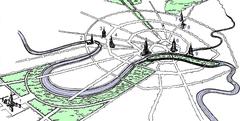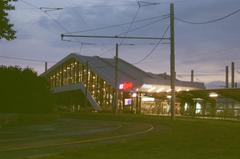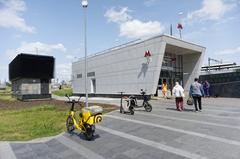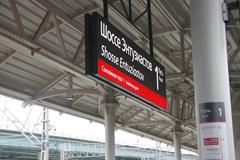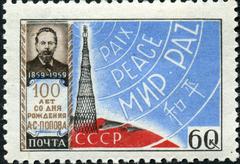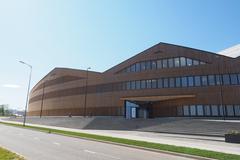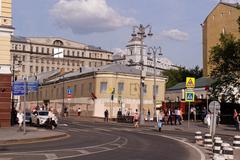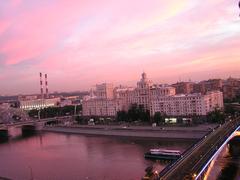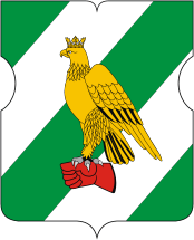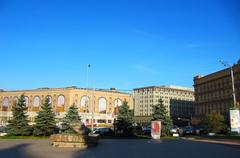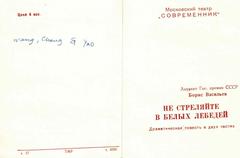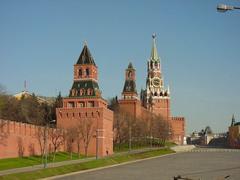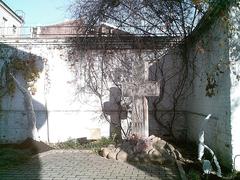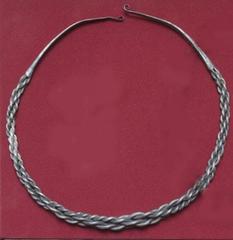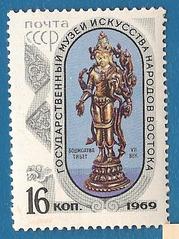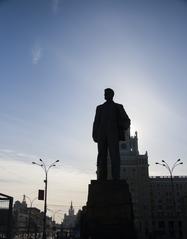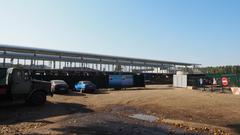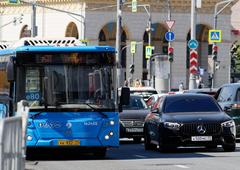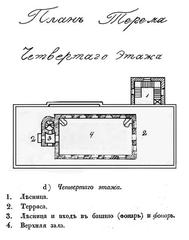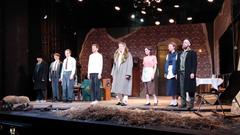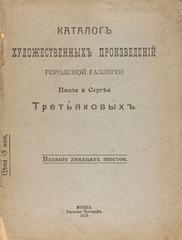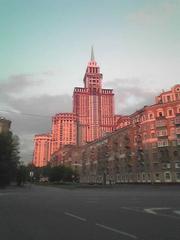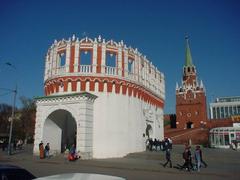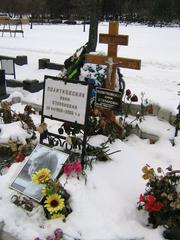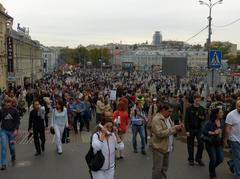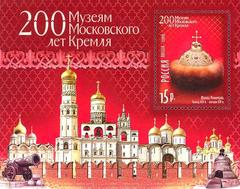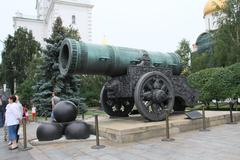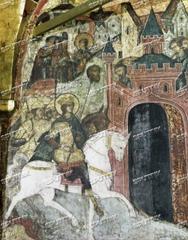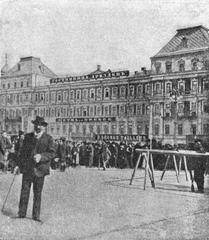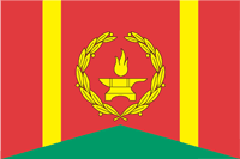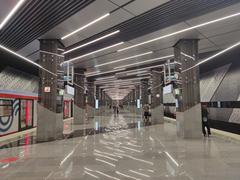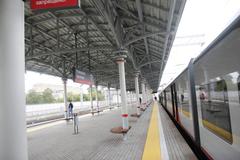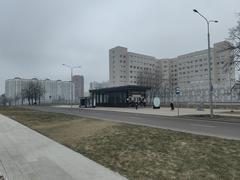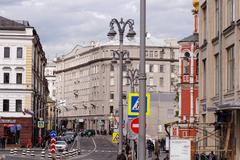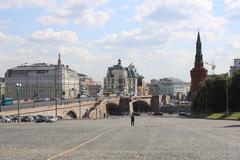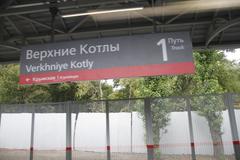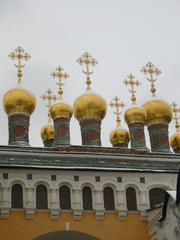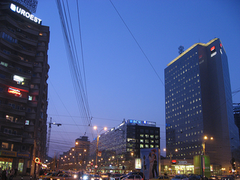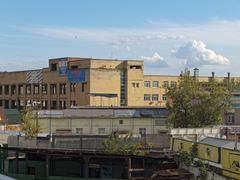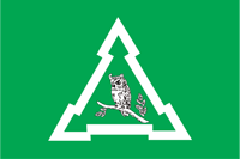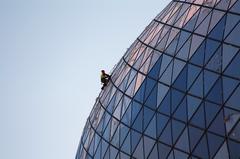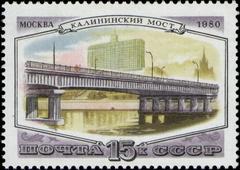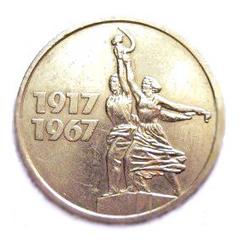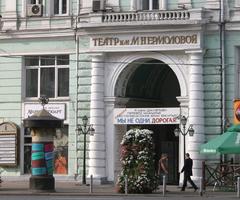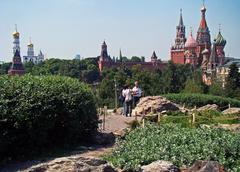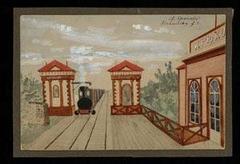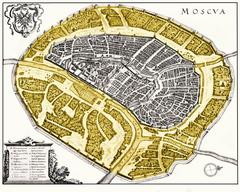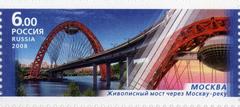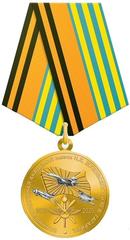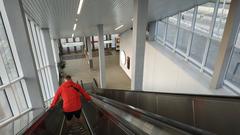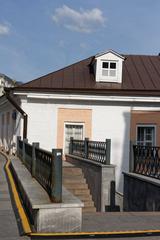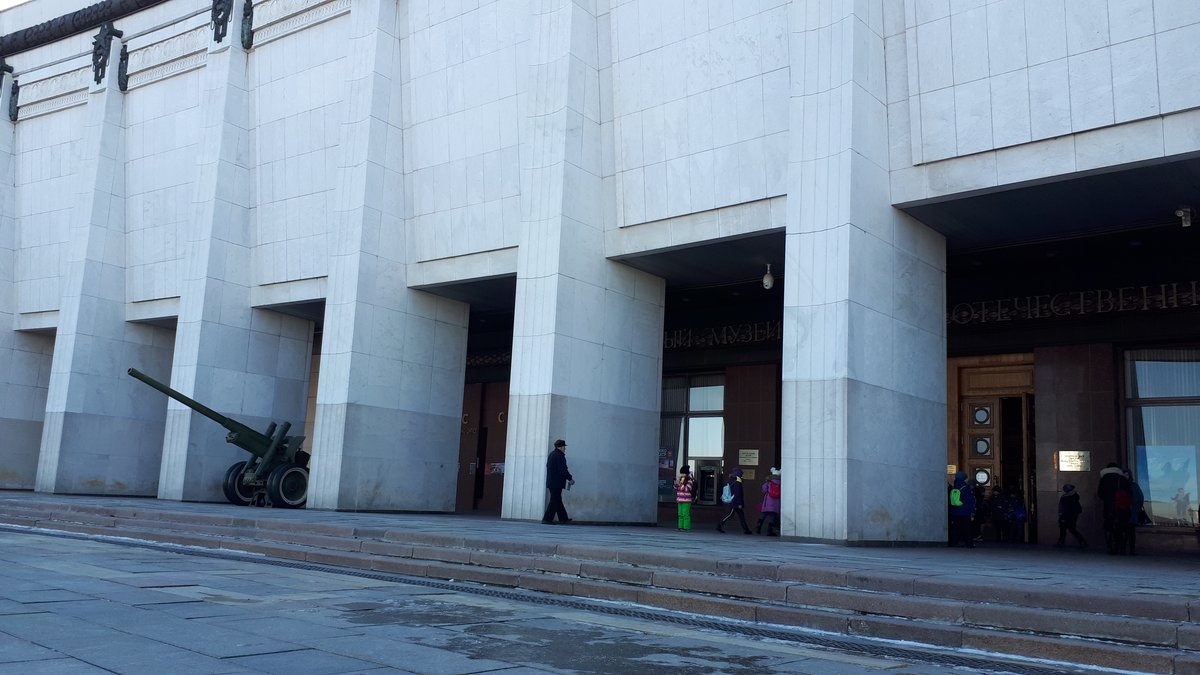
Comprehensive Guide to Visiting Victory Museum, Moscow, Russia
Date: 17/07/2024
Introduction
The Музей Победы, or Victory Museum, in Moscow stands as one of Russia’s most significant historical and cultural institutions. Officially inaugurated on May 9, 1995, the museum commemorates the Soviet Union’s victory over Nazi Germany during World War II, known locally as the Great Patriotic War. Positioned majestically on Poklonnaya Hill, the museum serves as a tribute to the immense sacrifices and heroic efforts of the Soviet people, with a staggering death toll of approximately 27 million citizens (Victory Museum). Designed by architect Anatoly Polyansky and others, the museum is a striking example of Soviet monumental architecture, featuring a 142-meter-high obelisk topped with a statue of Nike, the Greek goddess of victory, symbolizing triumph over fascism (ArchDaily).
Visitors to the Victory Museum are treated to a deeply immersive experience, with an extensive collection of over 300,000 artifacts, documents, and exhibits that highlight various facets of the Great Patriotic War. The museum’s thematic halls, such as the Hall of Commanders, Hall of Memory and Sorrow, and Hall of Glory, provide detailed insights into the military strategies, personal sacrifices, and ultimate triumphs of the Soviet Union. Interactive displays, dioramas, and open-air exhibits featuring military equipment further enrich the visitor experience (Victory Museum Exhibits).
Additionally, the Victory Museum plays a crucial role in education by offering guided tours, lectures, and interactive exhibits that engage visitors of all ages. It also hosts annual commemorative events, notably on Victory Day (May 9) and the Day of Remembrance and Sorrow (June 22), which include military parades, reenactments, and cultural performances (Victory Museum Events).
For those unable to visit in person, the museum’s digital initiatives, including virtual tours and a comprehensive digital archive, make its collections accessible to a global audience (Victory Museum Digital). The Victory Museum also collaborates with international museums and institutions to promote a broader understanding of World War II history through joint exhibitions and research projects (Victory Museum Collaborations).
Table of Contents
- Introduction
- Origins and Establishment
- Architectural Design
- Exhibits and Collections
- Thematic Halls
- Hall of Commanders
- Hall of Memory and Sorrow
- Hall of Glory
- Diorama Complex
- Open-Air Exhibits
- Hall of the International Military Tribunal
- Hall of the Home Front
- Hall of the Partisan Movement
- Hall of the Allied Forces
- Hall of the Great Patriotic War
- Hall of the Soviet Armed Forces
- Hall of the Soviet People
- Hall of the Soviet Victory
- Educational and Cultural Impact
- Commemorative Events
- Modernization and Digital Initiatives
- International Collaborations
- Visitor Information
- Special Events and Guided Tours
- Future Developments
- FAQ
- Conclusion
- Sources
Origins and Establishment
The idea for the Victory Museum was conceived in the immediate aftermath of World War II, but concrete plans were only put into place in the 1980s. The museum was officially opened on May 9, 1995, marking the 50th anniversary of Victory Day (Victory Museum).
Architectural Design
Situated on Poklonnaya Hill, the museum is a striking example of Soviet monumental architecture. Led by architect Anatoly Polyansky, the collaborative design features a grandiose facade and expansive interior spaces. The central hall, known as the Hall of Glory, is particularly notable for its impressive dome and the names of Hero Cities inscribed on its walls (ArchDaily).
Exhibits and Collections
The Victory Museum houses an extensive collection of artifacts, documents, and exhibits related to the Great Patriotic War. Its collection includes over 300,000 items, ranging from personal belongings of soldiers to large-scale military equipment. One of the most significant exhibits is the Hall of Memory and Sorrow, dedicated to the millions of Soviet citizens who lost their lives during the war (Victory Museum Exhibits).
Thematic Halls
The museum is divided into several thematic halls, each focusing on different aspects of the war:
- Hall of Commanders: Dedicated to military leaders like Georgy Zhukov and Konstantin Rokossovsky.
- Hall of the Home Front: Highlights the contributions of Soviet civilians.
- Hall of Victory: Celebrates the ultimate triumph of the Soviet Union (Victory Museum Halls).
Diorama Complex
The museum features several large-scale dioramas that depict key battles and events of the war. These dioramas are meticulously crafted to provide a realistic and immersive experience. Notable dioramas include the Battle of Stalingrad, the Siege of Leningrad, and the Battle of Berlin.
Open-Air Exhibits
The museum’s extensive grounds include open-air exhibits featuring military equipment, vehicles, and aircraft used during the war. Visitors can explore tanks, artillery pieces, and even a replica of the Reichstag building, which Soviet troops famously captured in 1945.
Hall of the International Military Tribunal
Dedicated to the Nuremberg Trials, this hall features original documents, photographs, and artifacts from the trials, providing a detailed account of the proceedings and their significance.
Hall of the Home Front
Highlights the contributions and sacrifices of Soviet civilians during the war, focusing on industrial production, agriculture, and other means of support.
Hall of the Partisan Movement
Dedicated to the Soviet partisans who conducted guerrilla warfare against the occupying Nazi forces. The hall features exhibits on their organization, tactics, and operations.
Hall of the Allied Forces
Highlights the contributions of the Allied nations in the defeat of Nazi Germany, featuring displays on cooperation and joint military operations.
Hall of the Great Patriotic War
Provides a comprehensive overview of the conflict, featuring a chronological timeline of key events, battles, and turning points of the war.
Hall of the Soviet Armed Forces
Dedicated to the various branches of the Soviet military and their roles in the Great Patriotic War, featuring displays on the Red Army, Soviet Navy, and Soviet Air Force.
Hall of the Soviet People
Celebrates the collective efforts and sacrifices of the Soviet population during the war, focusing on workers, farmers, scientists, and artists who supported the war effort.
Hall of the Soviet Victory
A grand and celebratory space dedicated to the triumph of the Soviet Union in the Great Patriotic War, featuring a large central sculpture of a victorious soldier.
Educational and Cultural Impact
The museum hosts a variety of educational programs, including guided tours, lectures, and interactive exhibits designed to engage visitors of all ages. Collaborations with schools and universities provide educational resources and support for history curricula (Victory Museum Education).
Commemorative Events
Each year, the Victory Museum hosts events to mark significant dates in the history of the Great Patriotic War, such as Victory Day on May 9 and the Day of Remembrance and Sorrow on June 22. These events include military parades, reenactments, and performances (Victory Museum Events).
Modernization and Digital Initiatives
The museum has embraced digital initiatives to enhance the visitor experience. It offers a comprehensive digital archive, virtual tours, and interactive exhibits, making its collections accessible to a global audience (Victory Museum Digital).
International Collaborations
The Victory Museum collaborates with museums and institutions worldwide to promote a broader understanding of World War II history. These collaborations have resulted in joint exhibitions, research projects, and cultural exchanges (Victory Museum Collaborations).
Visitor Information
Visiting Hours and Tickets
- Visiting Hours: Open daily from 10:00 AM to 8:00 PM. Last entry at 7:00 PM.
- Tickets: General admission is 400 RUB (approximately $7 USD). Discounts available for students, seniors, and groups. Free admission for veterans and children under the age of 7 (Victory Museum Visitor Info).
Travel Tips
- Getting There: Easily accessible by public transport; the nearest metro station is Park Pobedy.
- Best Time to Visit: To avoid crowds, consider visiting on weekdays or early in the morning.
- Guided Tours: The museum offers guided tours in multiple languages. Booking in advance is recommended.
Nearby Attractions
- Poklonnaya Hill: A large park area with monuments and memorials dedicated to the Great Patriotic War.
- Triumphal Arch of Moscow: A historic arch commemorating Russia’s victory over Napoleon in 1812.
- Museum of the Great Patriotic War: Another museum located nearby that provides additional insights into the war.
Accessibility
The Victory Museum is accessible to visitors with disabilities. Elevators, ramps, and accessible restrooms are available throughout the museum.
Special Events and Guided Tours
The museum offers special events and guided tours that provide deeper insights into its exhibits. These tours can be booked in advance and are available in multiple languages. Best photographic spots include the Hall of Glory and the panoramic views from Poklonnaya Hill.
Future Developments
The Victory Museum continues to evolve, with plans for new exhibits and expansions. Upcoming projects include the development of new thematic halls and the expansion of the museum’s digital offerings (Victory Museum Future).
FAQ
-
What are the Victory Museum’s visiting hours?
- The museum is open daily from 10:00 AM to 8:00 PM, with the last entry at 7:00 PM.
-
How much are the tickets?
- General admission is 400 RUB (approximately $7 USD). Discounts available for students, seniors, and groups. Free admission for veterans and children under the age of 7.
-
Is the museum wheelchair accessible?
- Yes, the museum is fully accessible to visitors with disabilities.
-
Can I take photographs inside the museum?
- Photography is allowed in most areas, but flash photography is prohibited in certain sections.
Conclusion
In conclusion, the Музей Победы (Victory Museum) in Moscow stands as a monumental tribute to the Soviet Union’s victory in World War II and the immense sacrifices of its people. Through its extensive and meticulously curated exhibits, the museum offers a comprehensive exploration of the Great Patriotic War, from its key battles and military strategies to the personal stories of soldiers and civilians. The museum’s architectural grandeur, combined with its educational programs and commemorative events, makes it a vital institution for preserving the history and legacy of this pivotal period (Victory Museum).
The Victory Museum’s commitment to modernization, including its digital initiatives and international collaborations, ensures that its collections and educational resources are accessible to a global audience. Whether visiting in person or exploring its online resources, the Victory Museum provides a profound and moving experience that underscores the significance of the Soviet Union’s victory and the enduring lessons of World War II (Victory Museum Digital, Victory Museum Collaborations).
Plan your visit to the Victory Museum today and immerse yourself in the rich history of the Great Patriotic War. For more information, visit the official website, follow the museum on social media for updates, and consider downloading the museum’s mobile app for an enhanced visitor experience.
